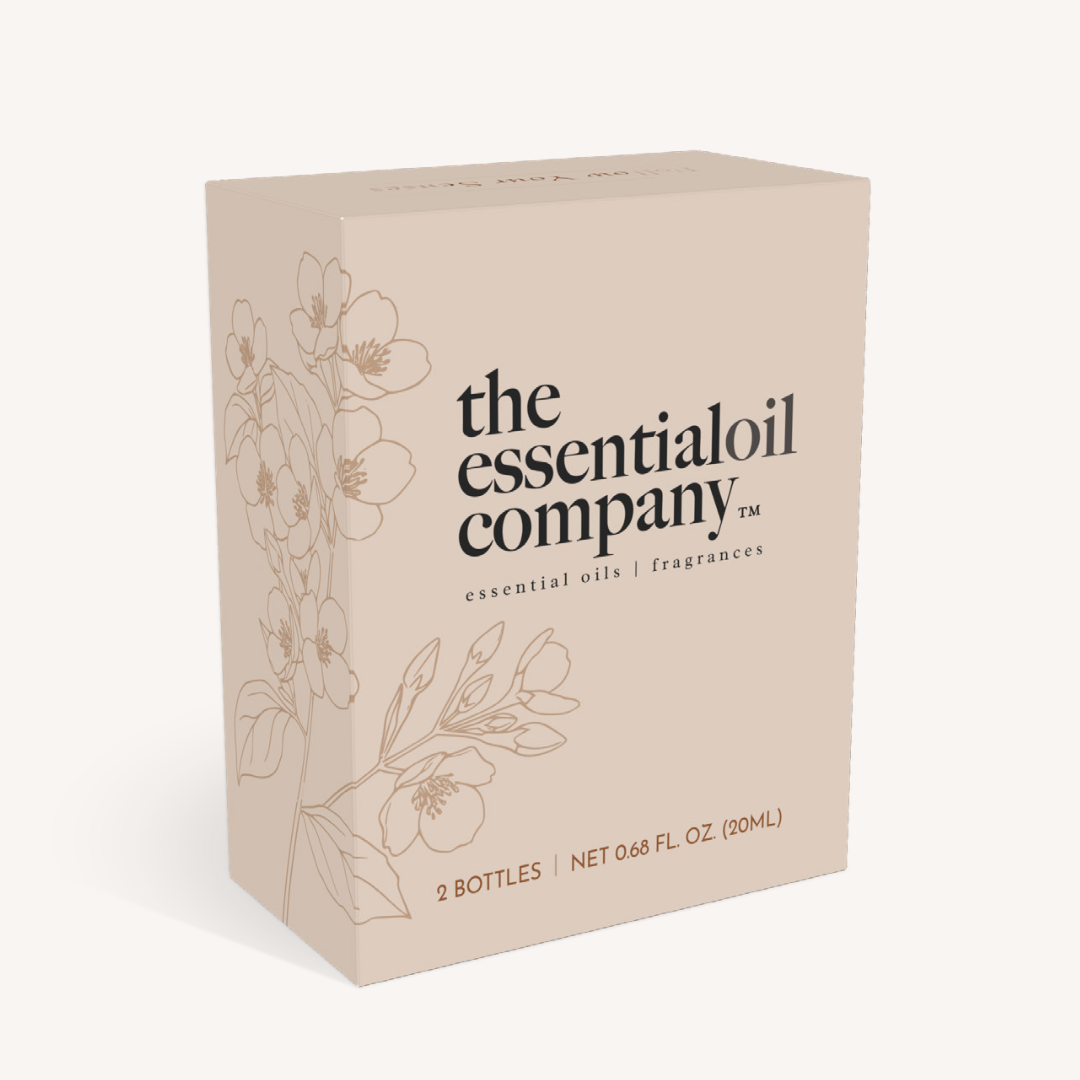Soap Making Frequently Asked Questions
What is soap?
Soap is what is produced from the chemical reaction between lye and oils. This process is called saponification.
Do I have to use lye to make soap?
Any “from scratch” soap making process will involve lye. Both hot process and cold process soap have to be made with lye. However, if you’re looking to avoid working with lye, melt and pour soap makes using a premade soap base. This means that it has already undergone the saponification process and is ready for you to customize with scents and colors.
Is lye dangerous?
Lye is a highly caustic material that can burn the skin, but like many things, lye is safe when handled properly. There are a few safety precautions you can take to feel more comfortable working with lye for soap making. For more safety tips visit our Soap Making Safety Guide.
Are there different ways to make soap?
There are three main processes for soap making; cold process, hot process, and melt and pour. Each of these processes involves different techniques and makes soap with different characteristics. For more information visit 3 Soap Making Methods.
What is "Superfatting"?
Superfatting a soap recipe means adding more oil than needed to react with the lye to create soap. This technique is used to make the soap more moisturizing for your skin. For more information visit Soap Making: What Is Superfatting?
What is the "Gel Phase"? Does my soap have to gel?
Gel phase is a part of the saponification process that happens after the soap has been poured into the mold where the soap gets hot and becomes more translucent in appearance. This is a part of the soap making process that can happen naturally but isn’t completely necessary. Your decision on whether or not to let your soap gel depends on the result you’re looking for. For more information visit What Is the Gel Phase In Soap Making?
What is the difference between essential oils and fragrance oils? Which one is better for soap?
Essential Oils are highly concentrated natural plant extracts, while Fragrance Oils are synthetic scents that can contain both natural and artificial ingredients to create an aroma. Both have different advantages and disadvantages in soap making and their use is based on the preference and needs of the maker. For more information visit Soap Making: Essential Oils or Fragrance Oils?
How do I blend essential oils to scent my soap?
Creating a good recipe may require trial and error to determine how much of each essential oil is needed to create the aroma you are looking for. A good guideline for blending essential oils for soap making is approximately 30% top notes, 50% middle notes, and 20% base notes. Make sure you use each oil following its safe usage rate and that the total amount of essential oils are no more than 3% of your soap recipe. For more information visit Using Essential Oils for Soap Making and Essential Oil Blends for Soap Making.
Do I need a lot of supplies to start making soap?
All you need to start making soap are oils, lye, water, and a few soap safe containers and tools. You can always start with the basics and build your soap supply list as you gain experience.








